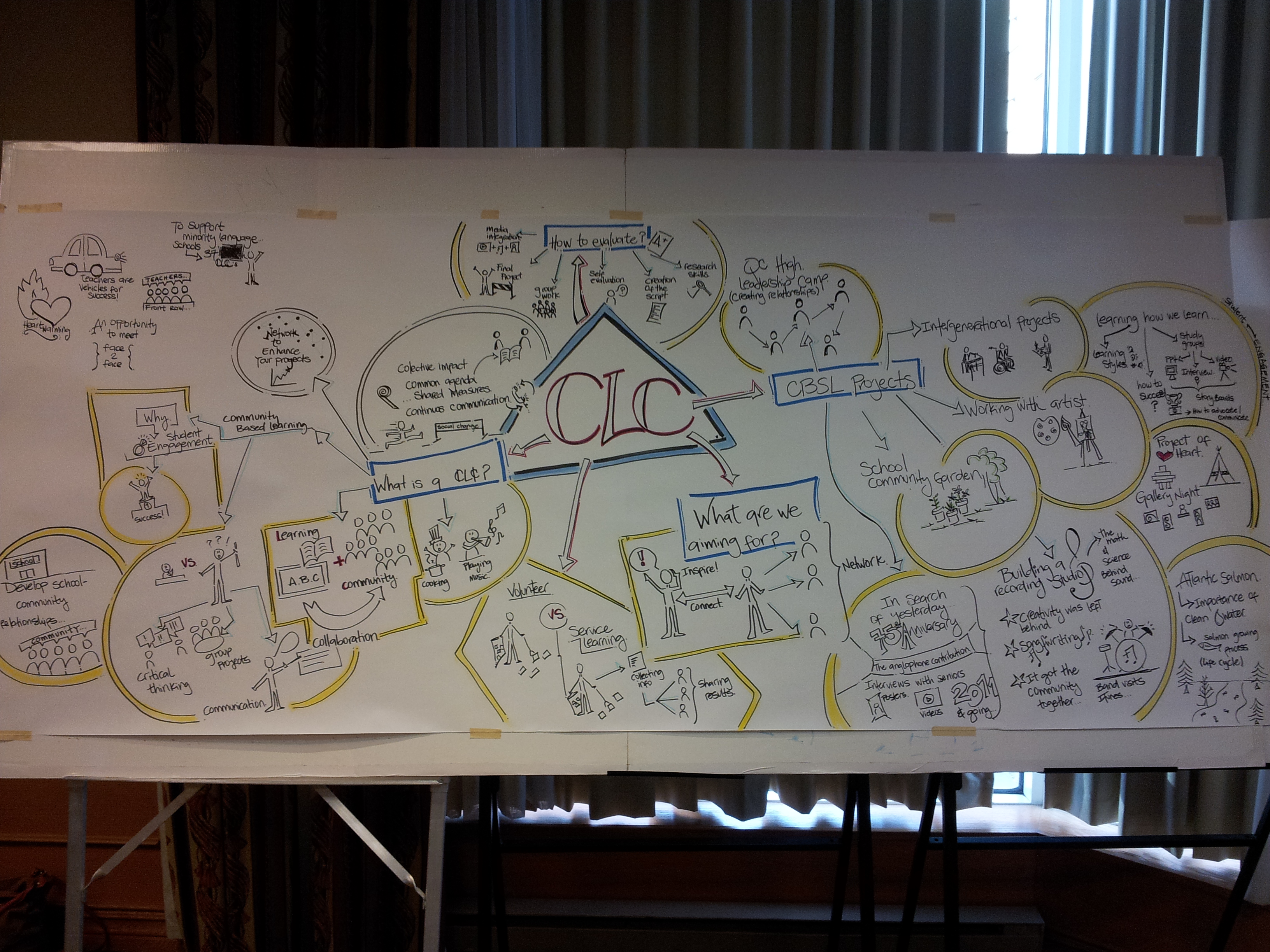I’ll go out on a limb here and say that finding funding to support community based learning projects is not a priority role of the teacher. Part of sharing roles and responsibilities is collaborating with your CLC coordinator or community partners to pull together financial and human resources to meet the needs of the school and community.
Often a big question to ask is, what is the goal of the project? Often, school boards and community partners share those goals and CBSL projects can contribute to achieving them. Is it student perseverance? Is it a safe and healthy community?
Over the last few years, we have observed a niche role of some CLC coordinator is sitting on local and regional Table de Concertation. The efforts of the coordinator ensures the school is literally at the table when discussions take place about how funds supporting healthy communities (Québec en Forme) or student perseverance (Réunir Réussir (R2) should be used. In the spirit of collective impact, speak to your CLC coordinator about the type of services available and what criteria must be met. Services could dovetail with community based learning or service learning projects.
All that being said. Below are some examples of grants that a school can easily apply for;
- MusiCounts Band Aid Grants
- Metro Green Apple School Program
- Toyota Evergreen Learning Grounds School Ground Greening Grants
- Breakfast for Learning

